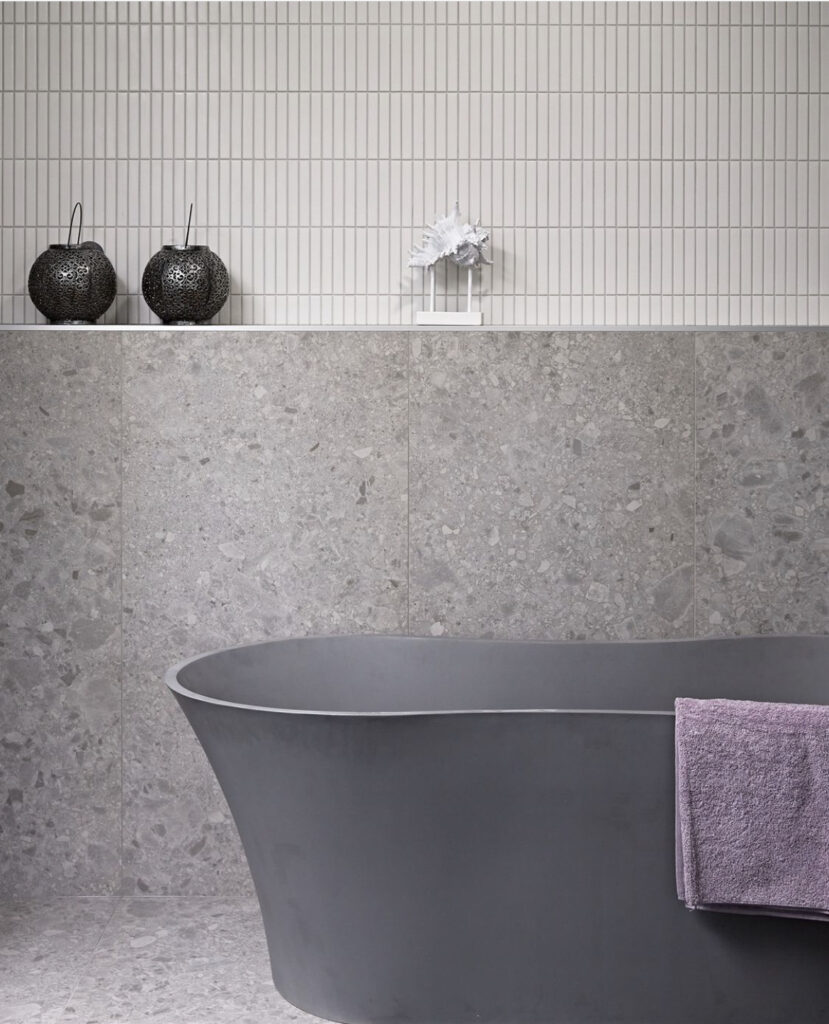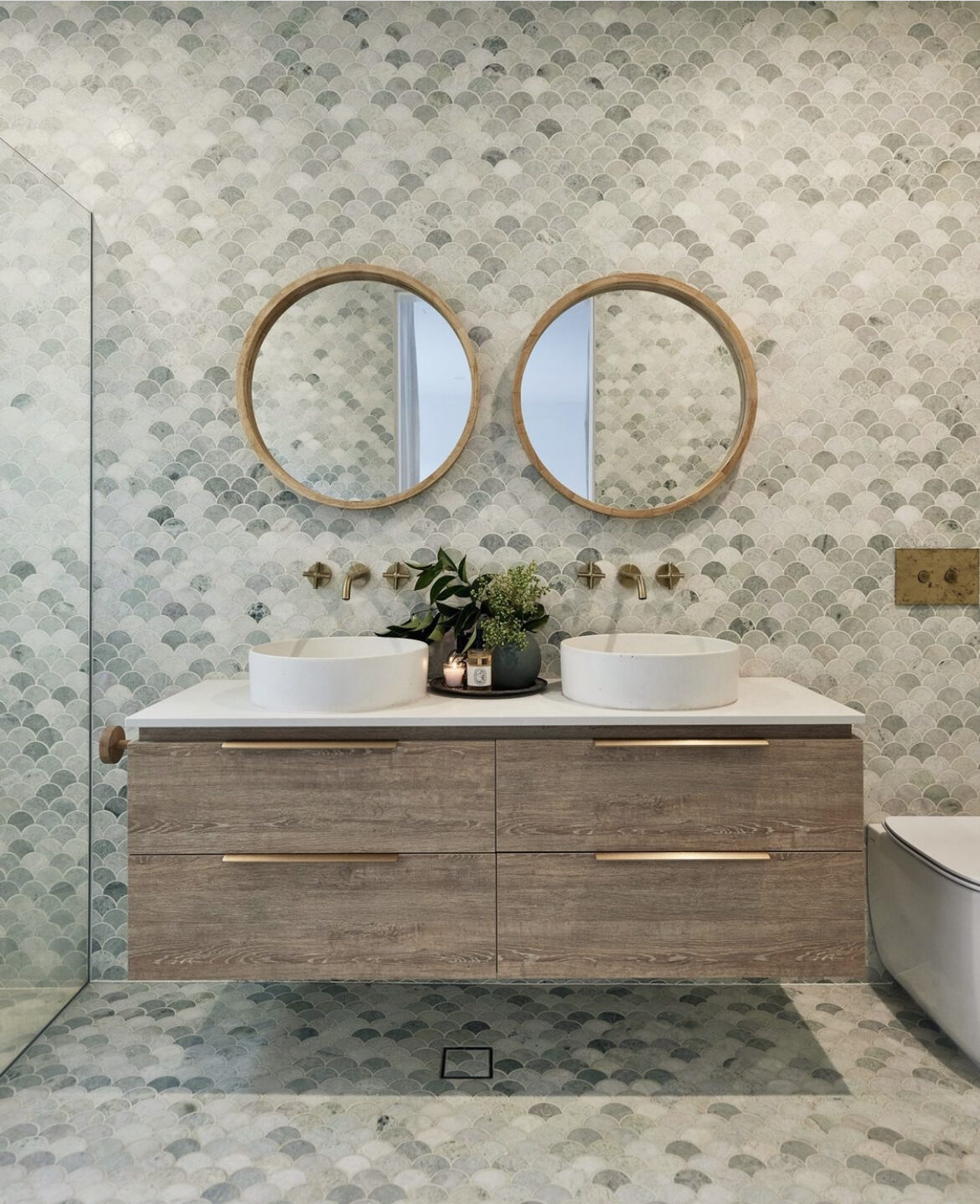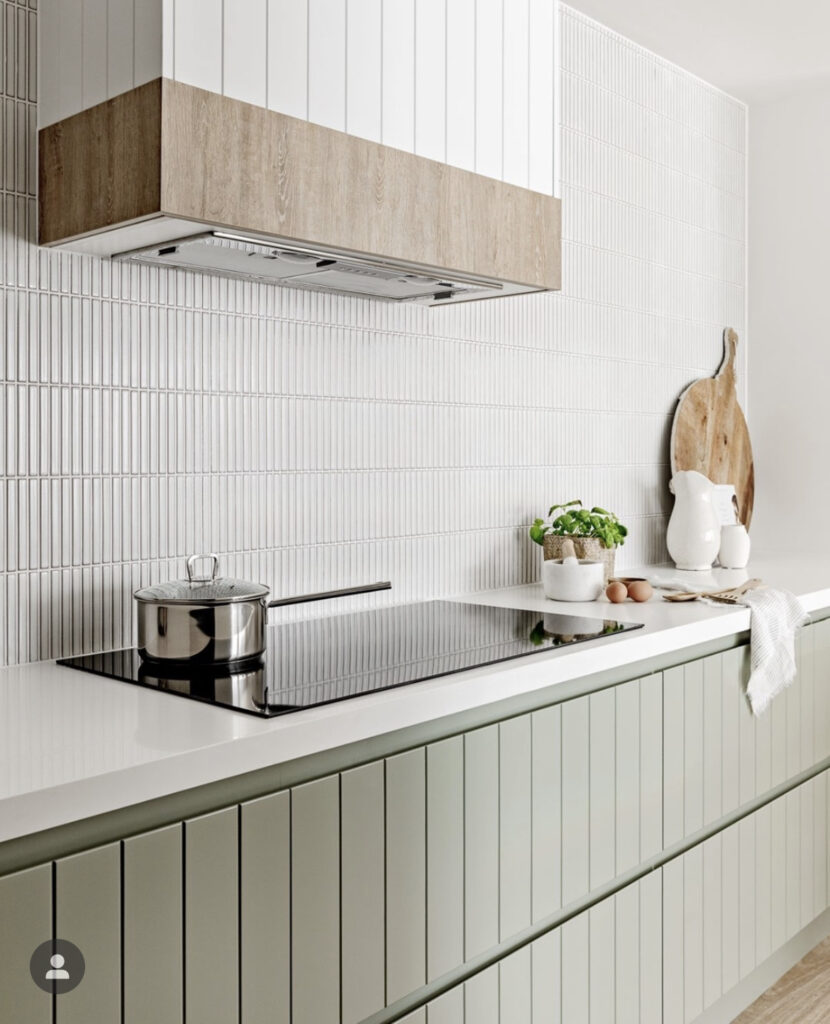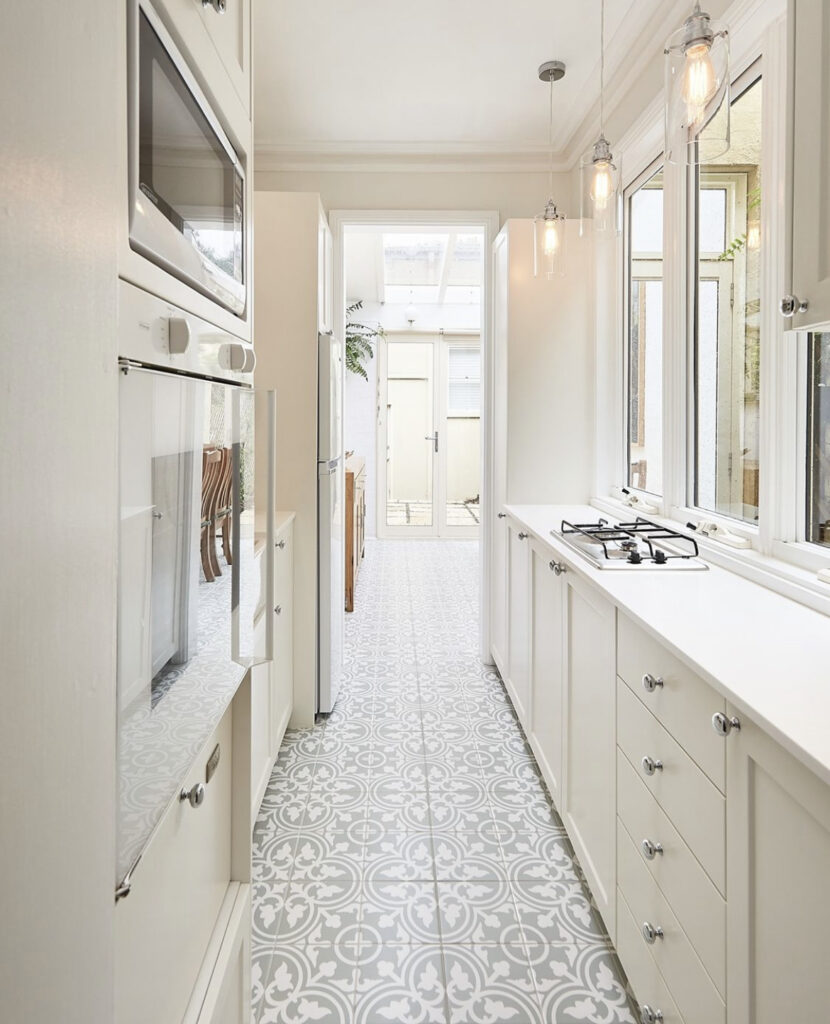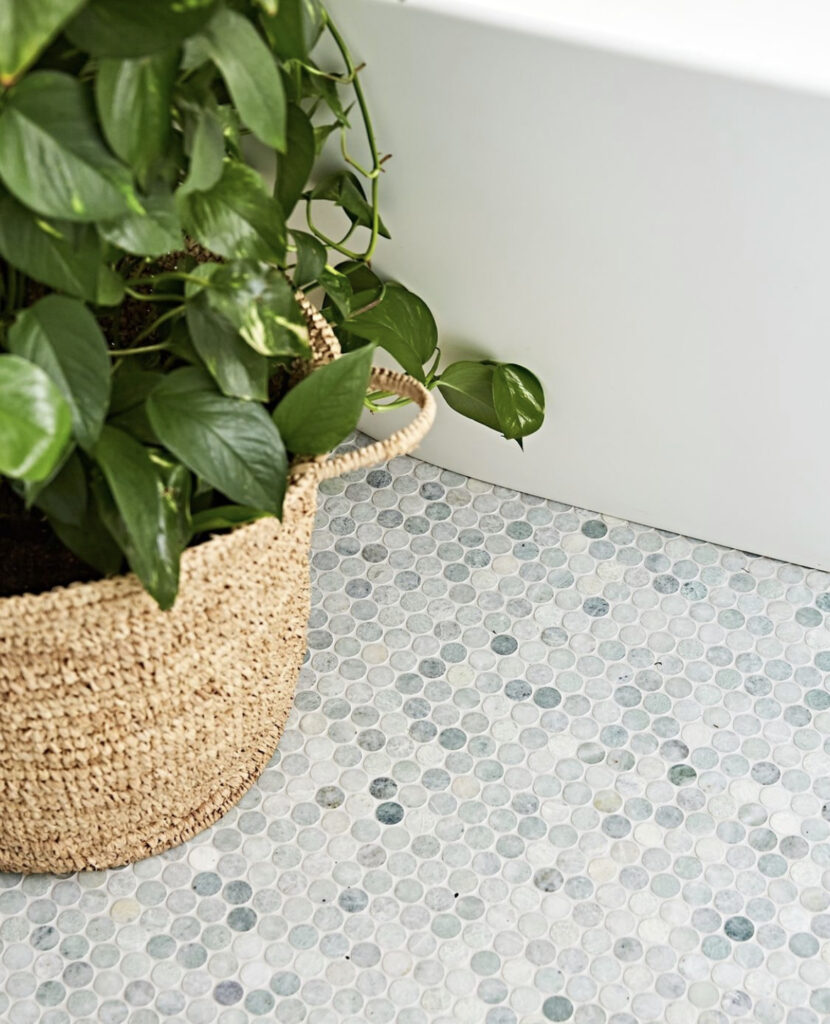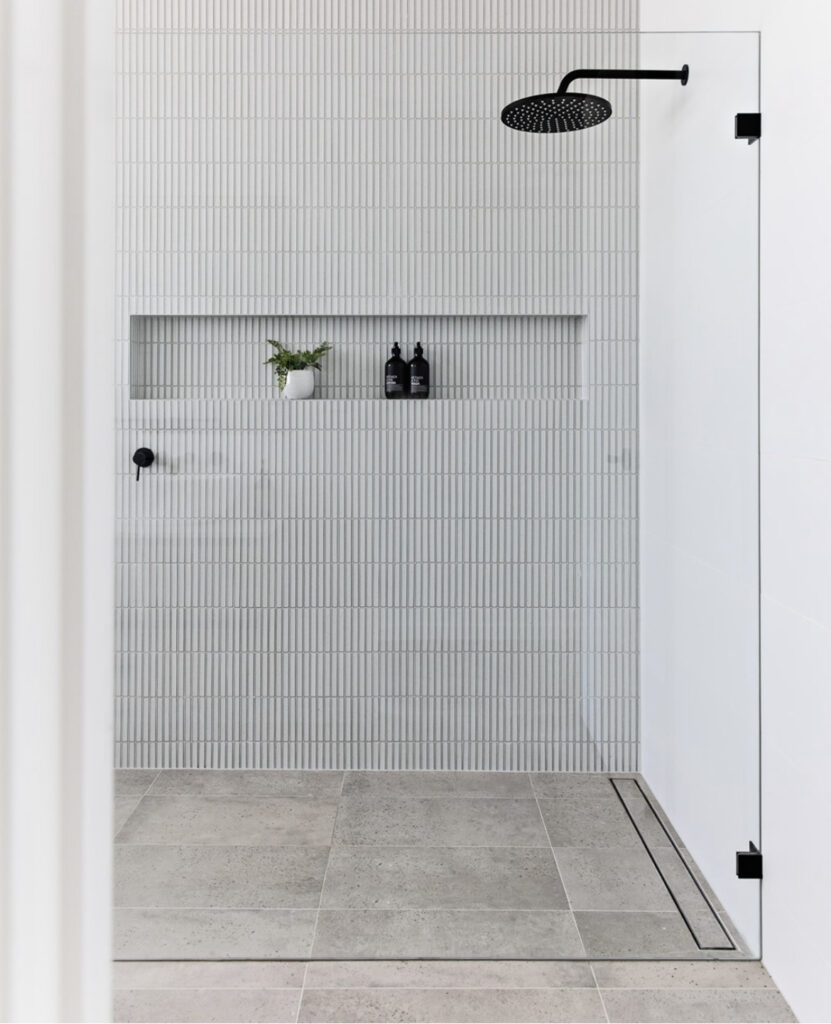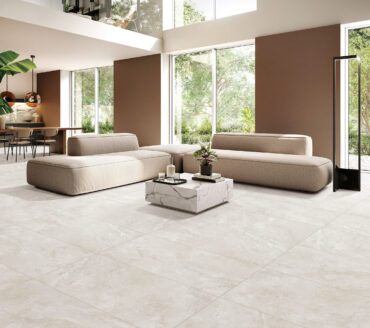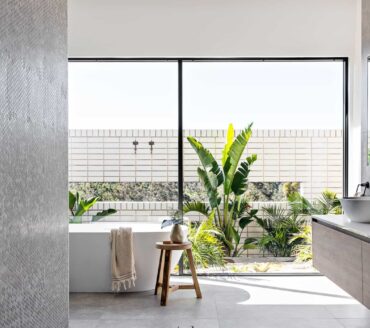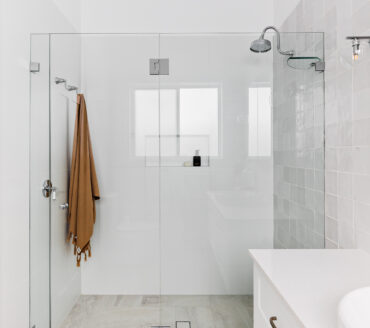1. Phosphoric acid cleaner
This is a phosphoric based acid cleaner containing detergent properties for the removal of excess grout and cement smears. It is usually used diluted with water in a ration of 1 part acid to 10 parts water for final clean up of excess grout from tiles.
NOTE: Acid cleaner must be handled with care and protective clothing and goggles must be worn. Read safety instructions before opening and applying.
2. Sodium bicarbonate
A 5-10% solution may be used to neutralise the acids used in grout removal. After reacting, the materials should be washed off with copious amount of water.
3. Cleaning detergents
These vary depending upon the application, as follows:
3.1 Post phosphoric acid cleaner
To clean up after phosphoric acid, the most suitable treatment is a neutral to slightly alkaline cleanser pH 7 to 9, designed to neutralise the phosphoric acid and maintain tiles in a clean condition.
3.2 Daily cleaning
For daily cleaning, a detergent with a pH in the range of 7-9 should be used.
3.3 Heavy cleaning
For heavy cleaning, an organic acid cleaner with no mineral acid content and a pH of 2, or an alkaline cleaner with a pH of up to 11 may be used. This is provided its sodium or potassium hydroxide content is no more than 0.01% in the liquid used.
3.4 Heavy duty scrubbing
For heavy duty scrubbing of small areas, higher alkaline cleaners up to pH 13.5 may be used provided the sodium or potassium hydroxide content is less than 2% in the concentrate, and is diluted to at least 100:1 with water. Note however that this should be removed from the surface with copious quantities of water. This should not be used in routine daily maintenance as residual cleaner will attack the tile surface and cause the grout to blacken.
Before using these products (1, 2 & 3) get professional written advice from the chemical manufacturer as to the suitability, application and frequency of use of their product on fully vitrified porcelain tiles.
4. Water
Clean water is the big secret in cleaning; it should be used to flush all detergents and acids when cleaning.
4.1 Manual cleaning
Mop and bucket. Nylon or natural bristle scrubber.
4.2 Mechanical cleaning
Large areas of plain or textured surface tiles are most readily cleaned with rotary cylindrical or reversing mechanical scrubbing machines. The scrubbing machine speed ideally should be 150 to 250 rpm. Brushes should be selected so that they effectively clean the tiles but do not damage the tile surface in any way. Scrubbing machines should be provided with a suction drying facility.
4.3 High velocity water jets
High velocity water jets are sometimes available for general use and/or for removal of stubborn dirt. These will not damage the tiles, but may erode the grout in the joints if used regularly. Check with the equipment manufacturer before using. If oil or grease is present, use the jet with warm or hot water and with neutral detergent.
